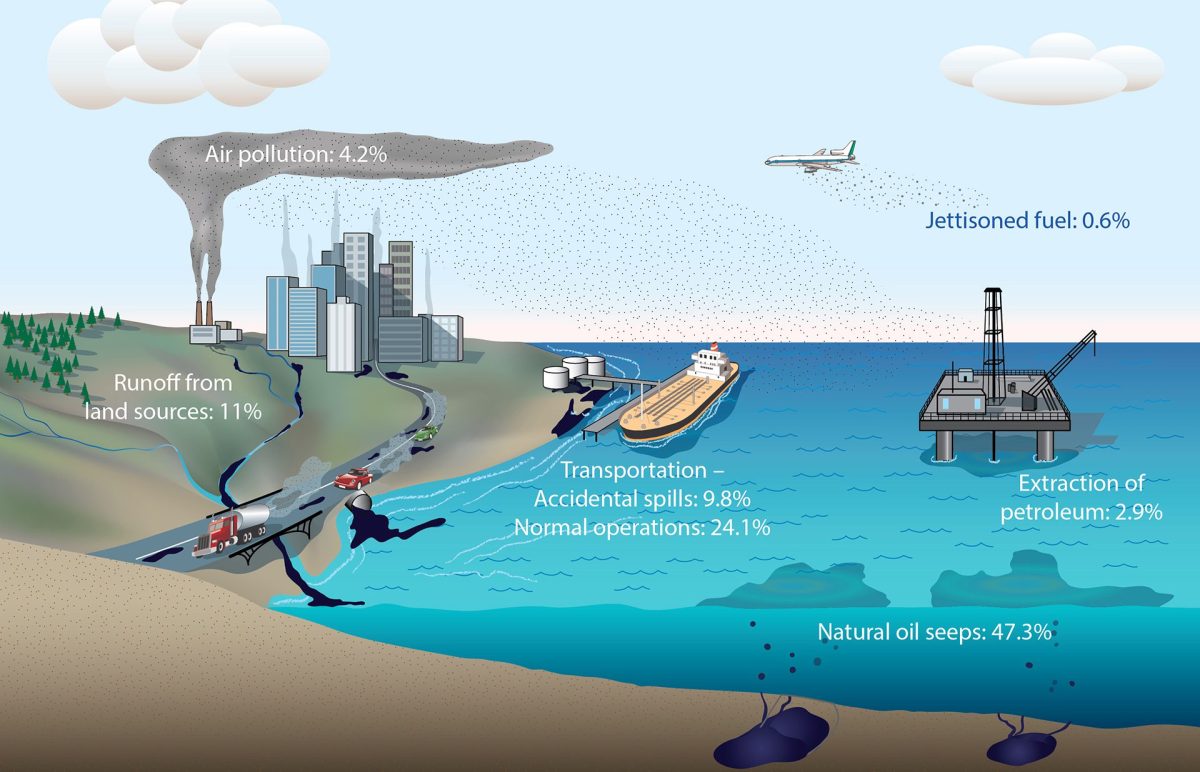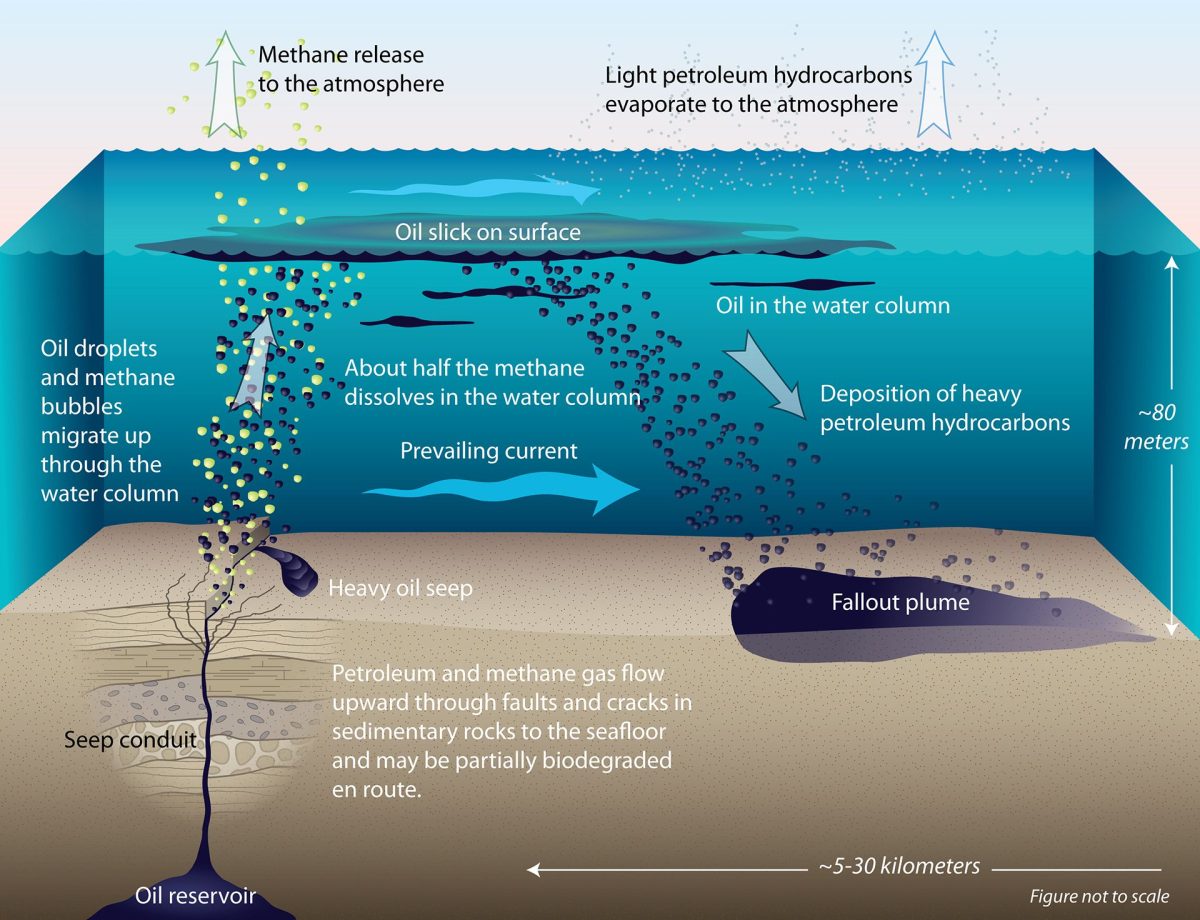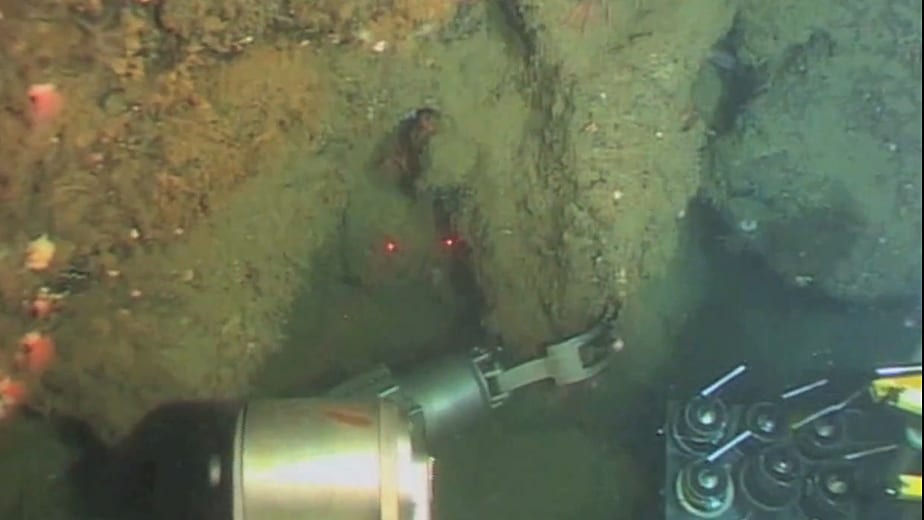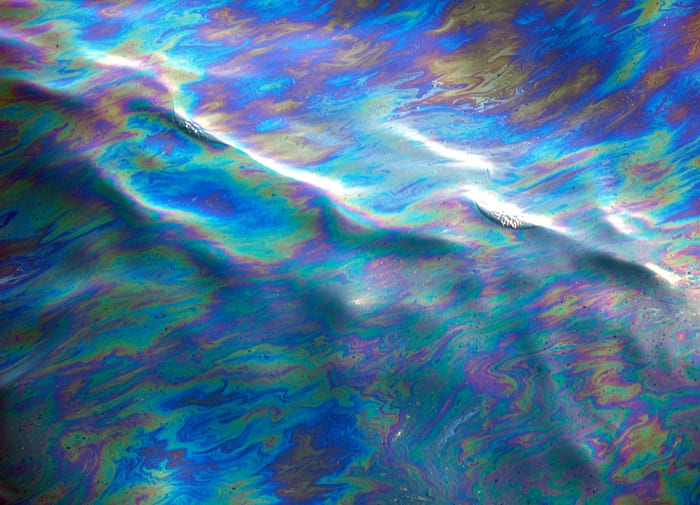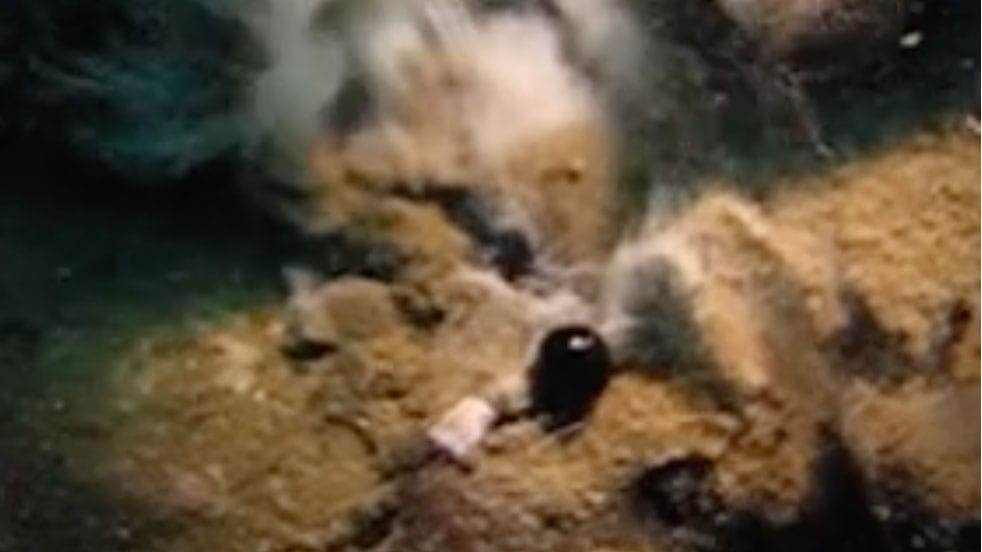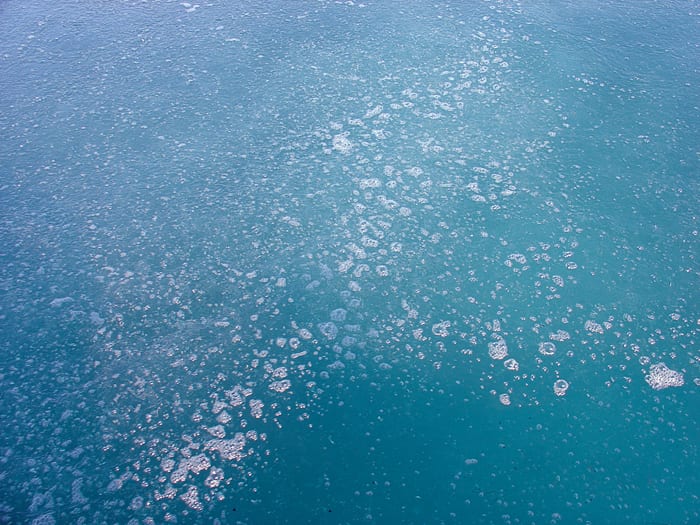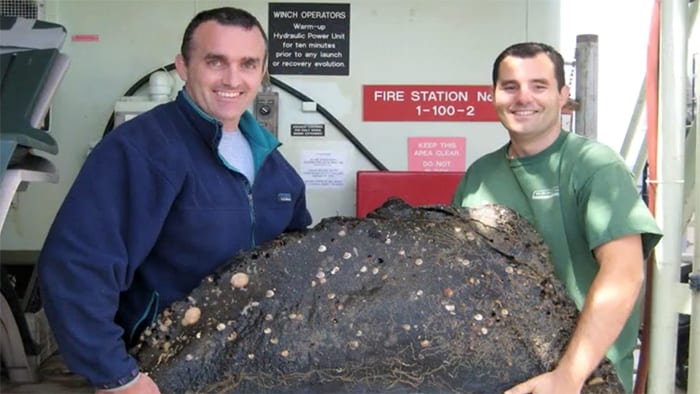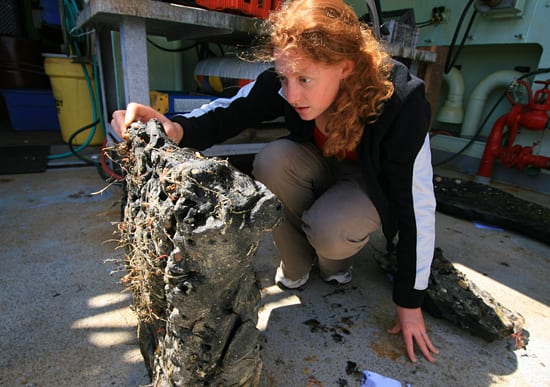In this section
Ocean Topics
- Climate & Weather
- How the Ocean Works
- Ocean & Human Lives
- Ocean Life
- Sustainable Ocean
- Ocean Tech
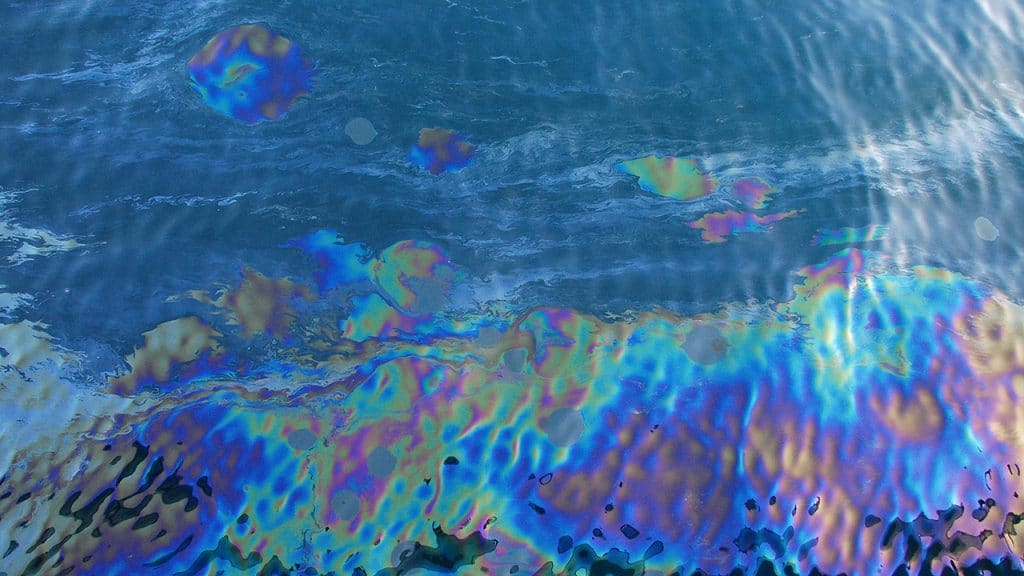
Oil seeps naturally from cracks in the seafloor into the ocean. Lighter than seawater, the oil floats to the surface. Some 20 to 25 tons of oil are emitted each day. (Woods Hole Oceanographic Institution)
What are Oil Seeps?
As much as one half of the oil that enters the coastal environment comes from natural seeps of oil and natural gas. These geologic features are known to occur in clusters around the world, such as off the southern coast of California and in the Gulf of Mexico, but are still relatively unstudied. In recent years, advances in remote sensing have enabled more accurate detection and estimates of natural oil flows in the ocean.
In locations where seeps are found, oil flows slowly up through networks of cracks, forming springs of hydrocarbons similar to the La Brae tar pits on land. Lighter compounds rise buoyantly to the water’s surface and evaporate or become entrained in ocean currents; others fall to the seafloor and collect over hundreds or thousands of years.
Seeps are often found in places where oil and gas extraction activities are also located. As a result, many surface slicks and tar balls caused by seeps are often attributed to releases from oil and gas platforms. The question arises, then: If oil occurs naturally in the ocean and if seeps are the biggest single source, why is there concern about the occasional accidental spill? The answer lies in the nature and rates of oil inputs by these different sources.
Seeps are generally very old and flow at a very low rate. The material that flows out is still very often toxic, but organisms some that live nearby are adapted to conditions in and around seeps. A few very unique species of animals are even able to use the hydrocarbons and other chemicals released at seeps as a source of metabolic energy. In addition, rather than being made up entirely crude oil, the material flowing from seeps is often heavily biodegraded by microbial action deep beneath the seafloor.
In contrast, the production, transportation, and consumption of oil by humans generally results in relatively short, high-volume inputs of oil and refined hydrocarbon products in places that have never experienced significant exposure to these chemicals and so do not have many natural defenses to them. As a result, seeps are often looked upon as a living laboratory for scientists to study how natural processes affect the fate of released oil or how individual species or communities of plants and animals are capable of dealing with the burden of otherwise toxic chemicals. From this may one day come a better understanding of how to help places affected by oil spills recover and regain much of their pre-spill health and function.
Articles Related to Natural Oil Seeps
From Oceanus Magazine
Our eyes on the seafloor
Unlocking the Earth’s time capsule
3 memorable Jason Dives
With deep-sea mining, do microbes stand a chance?
Coming full circle
7 Places and Things Alvin Can Explore Now
The story of “Little Alvin” and the lost H-bomb
Life at Rock Bottom
News Releases
Study Reveals Microbes Dine on Thousands of Compounds in Oil
News & Insights
HOV Alvin temporarily halts engineering test dives
Wave Glider provides gateway to remote exploration
Finding medical answers in the ocean
Spock versus the volcano
The Rise of Orpheus
WHOI in the News
Woods Hole scientists explore new deep-sea phenomenon
Unexpected new species discovered in a deep-sea hydrothermal vent provides a deeper understanding of bacterial evolution
Strange methane leak discovered at the deepest point of the Baltic Sea baffling scientists
Scientists discover a labyrinth of life hidden in the deep
Under a hellish ocean habitat, bizarre animals are lurking
The secret life of deep-sea vents
Drilling Deeper Into Ocean Floor in Search for Origins of Life
Features
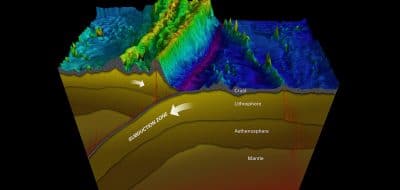
Ocean trenches are steep depressions exceeding 6,000 meters in depth, where old ocean crust from one tectonic plate is pushed…
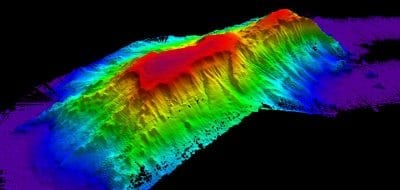
Mountains rising from the ocean seafloor that do not reach to the water's surface.
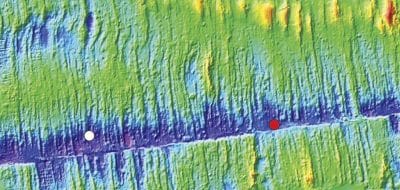
The mid-ocean ridge occurs along boundaries where plates are spreading apart.
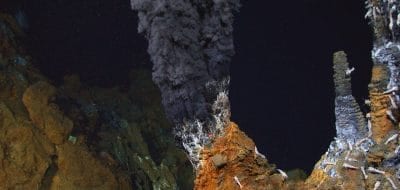
In 1977, scientists made a stunning discovery on the bottom of the Pacific Ocean: vents pouring hot, mineral-rich fluids from…
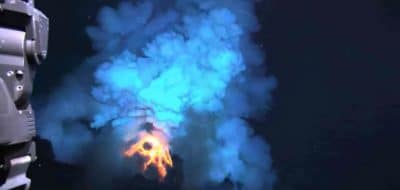
These eruptions of molten rock and ash can be destructive to human settlements, but vitally creative for the rest of…
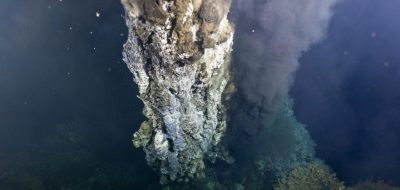
Many deep-sea features are named for their distinct shapes and formidable sizes. Other features are named for research vessels, and…
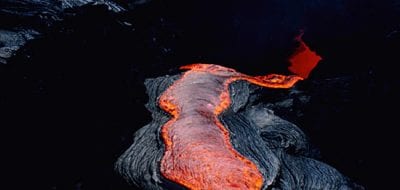
When a volcano erupts, the molten rock that comes out of the Earth is called lava. Lava is so hot,…
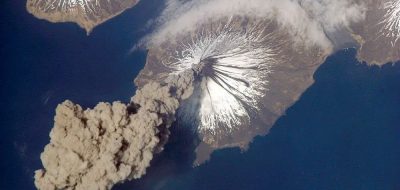
One of the most common questions that scientists and nature lovers ask when they see an interesting rock is: how…

